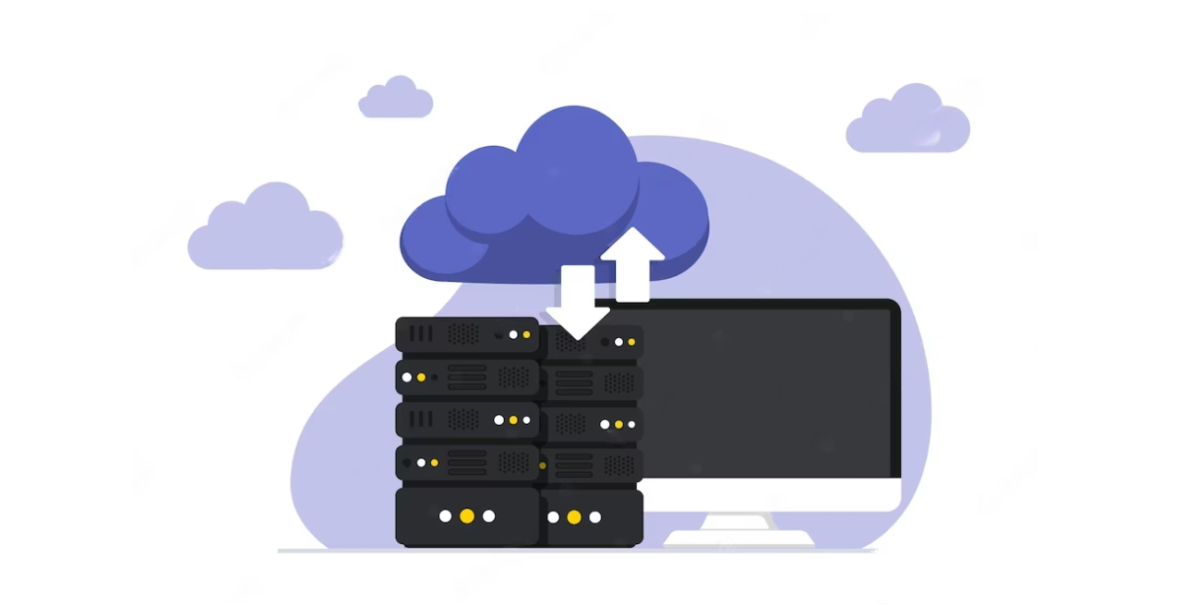Online Databases Defined: A Comprehensive Overview
Online databases refer to databases accessible and manipulable via the internet. These databases are frequently housed on remote servers, allowing multiple users to access them concurrently. A few instances of online databases include:
| Category | Description | Examples |
|---|---|---|
| Cloud-hosted databases | Databases hosted on cloud platforms like AWS, Azure, or GCP, offering scalability and minimal maintenance. | Amazon Web Services (AWS), Microsoft Azure, Google Cloud Platform (GCP) |
| Web-based DBMS | Software enabling online database creation, management, and querying. | MySQL, PostgreSQL, Microsoft SQL Server |
| Online data storage solutions | Services for internet-based data storage and retrieval, suitable for sharing large datasets among multiple users. | Amazon S3, Microsoft OneDrive |
| Web-based data visualization tools | Tools connecting to online databases, extracting insights presented through visualizations like charts and graphs. | Tableau, Looker, Power BI |
The Significance of Online Databases

The utilization of online databases is widespread across a spectrum of domains, ranging from web and mobile applications to the realms of business intelligence and big data analytics. These databases present a range of benefits, including scalability, accessibility, and cost-effectiveness. However, their successful deployment also necessitates a dependable internet connection, robust security protocols, and occasionally, specialized expertise to effectively manage and maintain them.
Numerous factors contribute to the widespread adoption of online databases:
- Scalability: Online databases offer seamless scalability, adapting to application demands. As user numbers or data volumes increase, the database can be expanded to accommodate heightened load;
- Accessibility: With an internet connection, online databases are accessible from anywhere. This facilitates concurrent data access and manipulation by multiple users, benefiting organizations with dispersed teams or customer bases;
- Cost-effectiveness: Online databases frequently prove more economical than traditional on-premises counterparts. Cloud-based options, for instance, necessitate minimal upfront investment and can be paid for on a pay-as-you-go basis;
- High Availability: Online databases can be configured to replicate data across numerous servers, ensuring high availability and fault tolerance. This safeguards continuous operation, even in the event of server failure;
- Integration with Services: Online databases readily integrate with diverse services, including data visualization, machine learning platforms, and cloud-based solutions like storage and messaging;
- Minimal Maintenance: Managed by providers, online databases entail minimal maintenance and administration. This liberates resources and allows organizations to concentrate on core business pursuits.
Conclusion
These constitute primary motives behind the widespread adoption of online databases. Nevertheless, it’s important to acknowledge that online databases also come with specific limitations and prerequisites. These encompass security considerations, network and internet connectivity requisites, as well as the need for specialized skills for their management and maintenance.






Leave a Reply